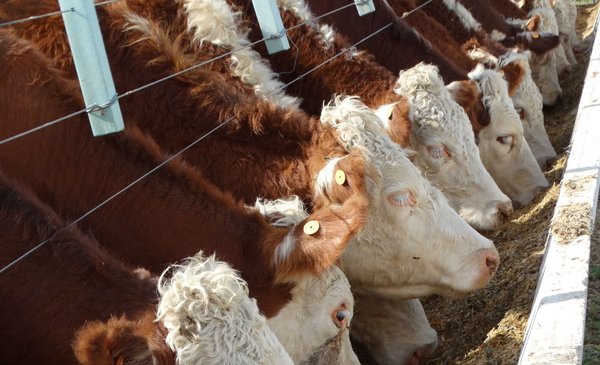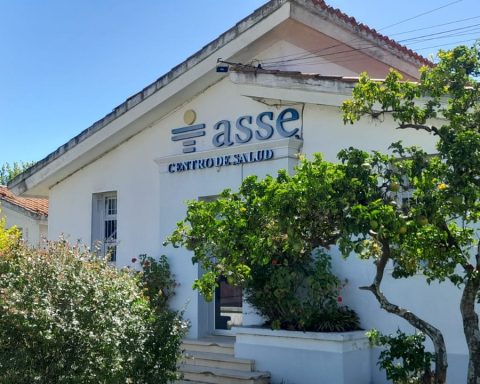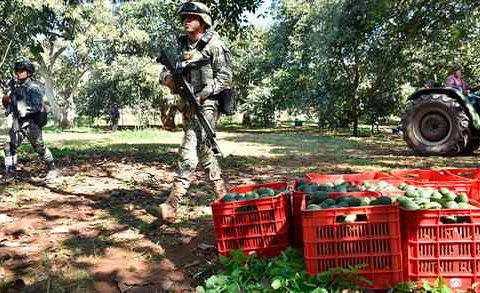In April, Uruguay obtained US$ 1,826 for the value generated by the sale of the products obtained from a steer typical.
That data, released this Thursday at a press conference given by authorities and technicians from the National Meat Institute (INAC), was calculated by the institute using a new indicator, called Steer Type 2.0 that, on a monthly basis, estimates the income obtained from the sale of meat, offal and by-products derived from the slaughter of a typical bull from Uruguay.
Conrado Ferber, president of INAC, explained that the indicator was renewed by a change in conditionsboth of the type animal and of the market.
One of the first reasons why the indicator was revised was the weight of the steers, which in 2006, when the first Steer Type indicator was created, was 480 kilos, when currently the steer has a standing weight of 520 kilos.
In addition, animals mainly of British breeds and their crosses are considered for the indicator, with a yield of 54% in fourth scale, a weight of 281 kilos in hot carcass and 277 kilos in cold carcass, it was explained.
“The steer was weighing more, with the demand from China cuts were added that had no value before and today they have, in addition, the import of meat led to less Uruguayan meat being consumed in our market today and more of that meat being exported That led us to determine a new index that, beyond being similar, cannot be compared with the previous one,” Ferber said.
With that as a framework, it was reported that what was obtained in April for all products after the industrial process was 5.2% more in dollars than what was achieved in March.
Jorge Acosta, INAC information manager, explained that this increase is due to the fact that the value of the products increased both for export and for the domestic market.
The only value that remained stable was that of leather.
What is the Steer Type 2.0 for?
The indicator presented serves to monitor the trends of the two most representative variables of the meat chain business, on the one hand the income from the sale of products and on the other the purchase cost of the farm.
The Type 2.0 Steer is presented in the data together with the purchase value of the hacienda (the average purchase price of the fat steer in fourth scale), in this way you can see the percentage of income that the industry allocates to pay for livestock and how much is left to cover industrial costs and thus obtain a profit margin.
The sum of the industrial costs plus the profit margin make up the industrial value added.
Carlos Pazos
Performance in the refrigerator is one of the items considered.
In April, the value of the farm maintained an upward trend, the same as it has had in recent months, and stood at US$ 1,501 per head, 5% more than in the previous month.
The industrial value added, which had decreased in previous months, recovered US$20 per head in April compared to March, although it still remained below what was obtained in January and February.
More data about the Steer Type 2.0 can be seen on the INAC website.


















